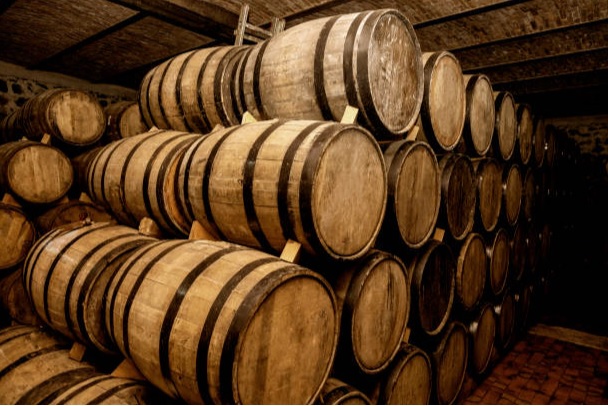What Transpires In A Rum Distillery?
4 min read
Rum has a rich history of its origin. But it has an even more exciting and sophisticated production process. It is distilled from sugarcane by-products like juice, serum or molasses. Rum is available in light, dark, golden, white or even spiced varieties. The type of rum depends upon the production process carried out by the Australian rum distilleries. However, the liquid should be aged in the right wood for at least two years in order to be called rum in Australia. This post will closely see the rum production process in detail.
Producing rum is a multi-step process that involves harvesting sugar cane, extracting sugar, fermenting, distilling, ageing, blending and bottling the beverage. Each variety of rum has the same fundamental production steps, but Australian rum distilleries can modify the process to create different flavours and types of rum.
Harvesting and extraction
The process starts with harvesting the sugarcane to produce the spirit. The stalks near the root are cut since the segment closest to the ground has the highest sugar concentration. The sugar cane is washed and chopped into small pieces by removing the green tops. Rum requires water and soluble sugar, for which the harvested sugar cane is chopped and crushed to draw out the juices. The liquid is then boiled in distillers, thus reducing the water and creating a syrup called wet sugar, which is 30% sugar. The syrup is clarified by the distillers and mixed in sugar crystals. Rum manufacturers boil the liquid and chill it, which makes the crystal grow. The syrup is centrifuged to separate the liquid from the sugar chunks, forming molasses, which is the foundation of rum production.
Fermentation
Yeast and water are added to the cane, which provides much of the rum’s flavour. This process turns sugar into alcohol, wherein the yeasts eat the sugar, creating alcohol heat and carbon dioxide. It also causes a chemical reaction to develop congeners, a collection of acids, esters and aldehydes. These congeners significantly contribute to adding flavour to the rum. Rum distillers use yeast strains that create more or fewer congeners to develop different-tasting spirits.
Distillation
This is a rum-heating process in which the fermented liquid is warmed to boiling point. Since alcohol boils more quickly than water, it immediately turns into vapour. This vapour is collected, cooled and condensed to get the alcohol back into a liquid form. This condensed liquid is highly alcoholic.
There are two ways of rum production, pot still and column still. The first princess uses copper kettles to distil the spirit. This method is quite straightforward and produces rum in individual batches. While the column still rum production is a steady and continual rum distillation process and has more flavorful rum. The column stills create cleaner, purer and stronger distillate than the previous method.
Ageing of the liquid
This process is important for giving rum its colour and flavour. Rum is usually aged in bourbon casks for at least a year, but distillers may also use other types of wooden barrels or stainless steel tanks. However, oak cakes are most commonly used since these barrels are abundant and easily accessible. Remember that rum aged in tropical areas may taste different than those aged in cooler, dryer regions since humidity tends to open the wood’s pores. This creates an entirely different ageing experience. The rum’s colour is decided by the vessel used. Oak barrels make darker rum, while stainless steel tanks produce clear rum.
Blending
Rum producers often blend older vintages with newer ones in order to provide more complexity to the alcohol. More aged rum is mixed with younger ones as mature rum influences the new one to create a unique and distinct flavour. The vintages should be selected meticulously to create the desired flavour. The method of cask blending is common among rum distillers, which involves mixing different rums together to create a specific taste. If one cask has a spicy component, it will be integrated with a sweeter vintage.
Bottling
This is the final step in the production of rum. High-quality rums tend to marry before being poured into their vessel, thus allowing maximum flavour fusion. The final bottling determination is colouration. Humans tend to develop expectations about drinks based on what we see. Hence, if the rum is too pale, some distillers may add caramel to the aged liquid, while others may charcoal-filter the rum to create a crystal-clear vintage.
The bottom line
Several factors during the production process affect the flavour and colour of the rum obtained. Hence, rums from different distilleries taste different, as each distiller has its unique approach to producing rum. Even a distillery may use other vintage spirits during blending, making a huge difference in the rum you drink. Also, the type of teh barrel used plays a significant role in the kind of rum produced.






